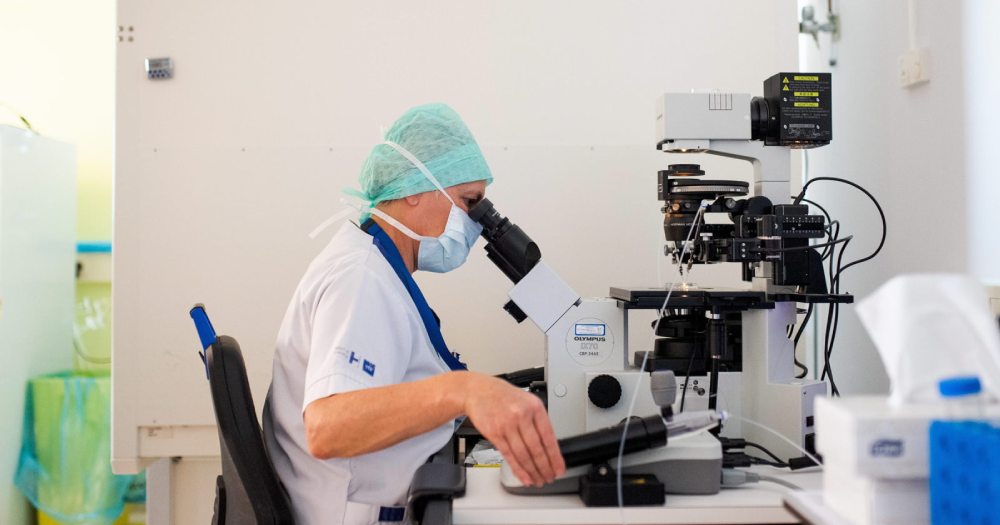UZ Brussel’s AI-powered breakthrough in male fertility treatment

For couples grappling with infertility, time is often the most precious — and cruel — currency. UZ Brussel, a leading Belgian hospital, has quietly launched something that could change the game for men facing reduced fertility: an AI-powered system named T'easy that spots sperm cells in testicular tissue with startling speed and accuracy.
Developed by the reproductive experts at Brussels IVF and the brains at Robovision Healthcare, T'easy could become a cornerstone in male fertility diagnostics. And while it's still in research use only, the early signs suggest it's nothing short of revolutionary.
How does it work?
Let's cut through the medical jargon. T'easy is a digital trifecta:
- An AI-powered app
- A customized microscope
- And a model trained to hunt for elusive sperm cells in extracted testicular tissue
Here's the kicker: in procedures like TESE (short for testicular sperm extraction), where a small bit of testicular tissue is removed in the hopes of finding sperm, doctors often struggle. These cells are few and far between — tiny needles in a biological haystack.
T'easy flips the script. Instead of combing through slides manually, lab technicians feed images into the system. The AI then spots 98% of viable sperm cells within just 10 minutes. That kind of speed? Unheard of.
As the hospital puts it: "Thanks to T'easy, we can detect sperm cells faster and more accurately, which gives prospective parents faster clarity about the chances of success of their fertility treatment."
Why does it matter?
When it comes to fertility treatments, timing isn't just emotional — it's everything. Every extra hour spent waiting for lab results is an hour stolen from hope. T'easy isn't just a tech tool; it's a time machine of sorts.
- Speeds up diagnosis for couples navigating emotionally and physically draining procedures
- Reduces human error, ensuring fewer viable sperm cells go unnoticed
- Eases the burden on labs, where staff shortages and burnout are all too common
The method is more than efficient — it's empathetic. It gives men a shot at fatherhood without the exhausting delays or missed opportunities. As UZ Brussel explains: "TESE offers men with reduced fertility a chance to have their own biological children."
The context
The idea of extracting sperm directly from testicular tissue isn't new — it dates back to the mid-90s. But back then, and even today, it's a tedious process. Imagine squinting through a microscope for hours, searching for barely visible cells. That's the job. And even the most experienced eyes can miss things.
Now, throw in the fact that fertility clinics are under increasing pressure: more patients, older patients, fewer embryologists. It's a perfect storm. T'easy, built with support from Vlaio and Innoviris, couldn't come at a better time.
And while it's currently limited to research settings, the writing's on the wall — this AI is headed for clinical labs. Fast.
Because in the high-stakes world of fertility, sometimes all it takes is one sperm cell. And now, thanks to T'easy, that one might be easier to find.
💡Did you know?
You can take your DHArab experience to the next level with our Premium Membership.👉 Click here to learn more
🛠️Featured tool
 Easy-Peasy
Easy-Peasy
An all-in-one AI tool offering the ability to build no-code AI Bots, create articles & social media posts, convert text into natural speech in 40+ languages, create and edit images, generate videos, and more.
👉 Click here to learn more


